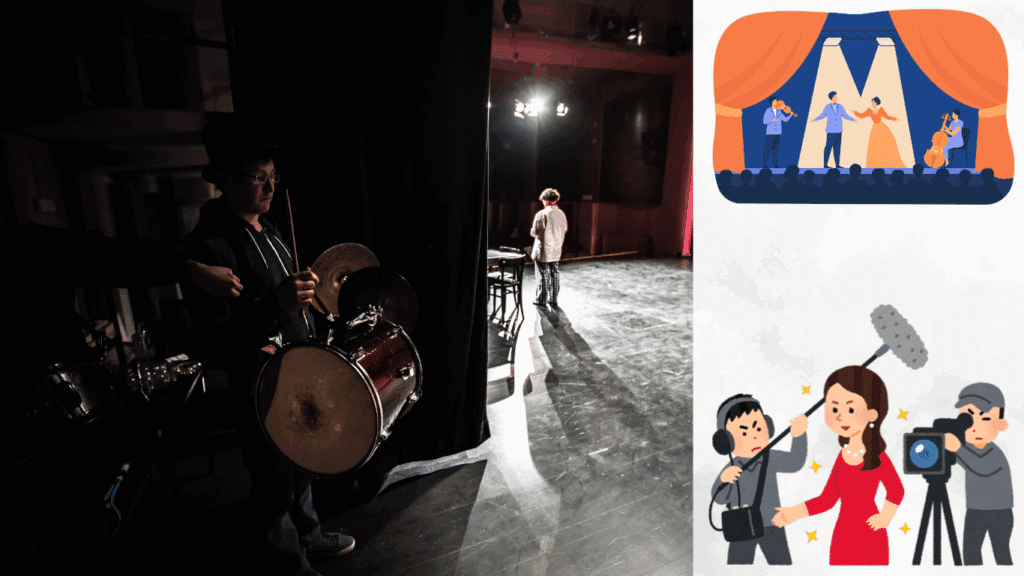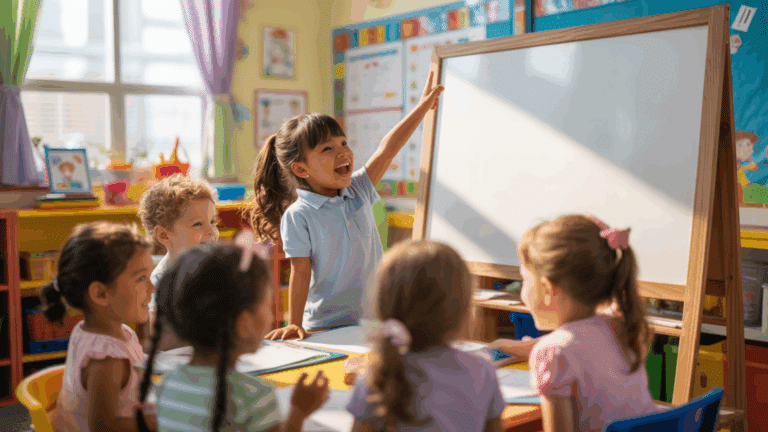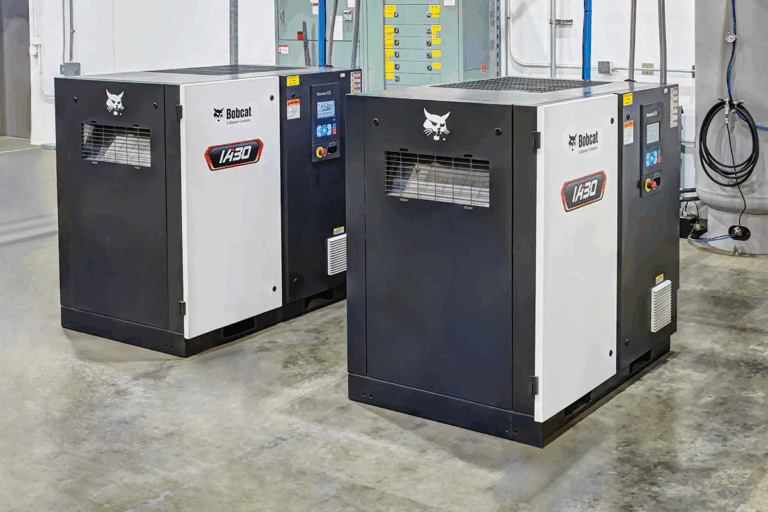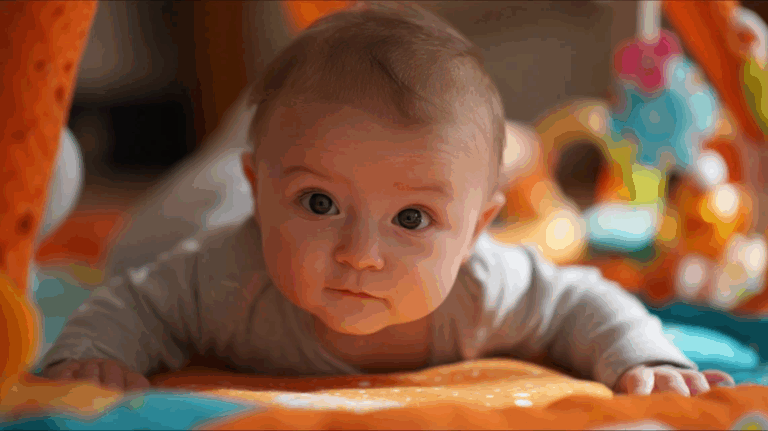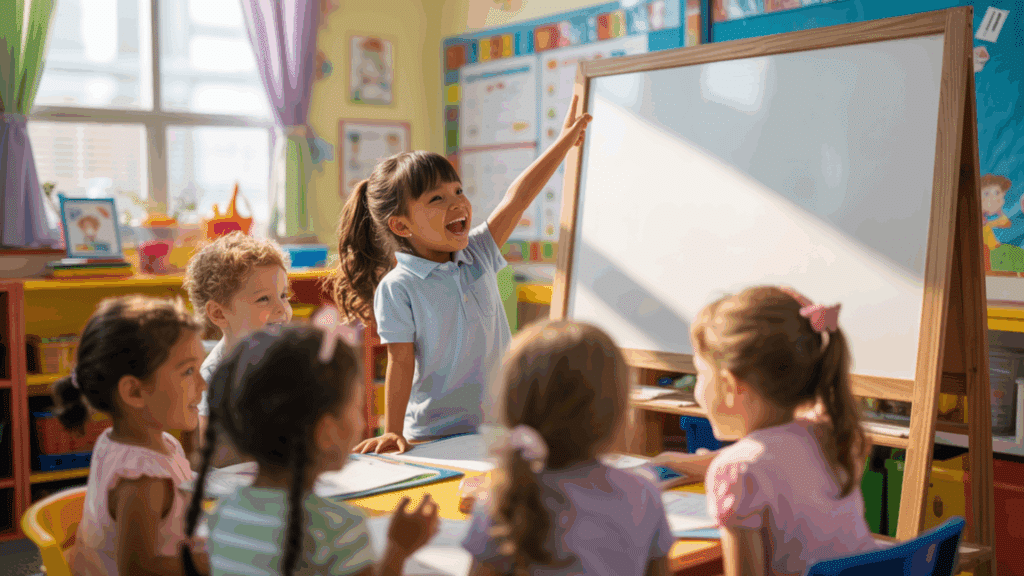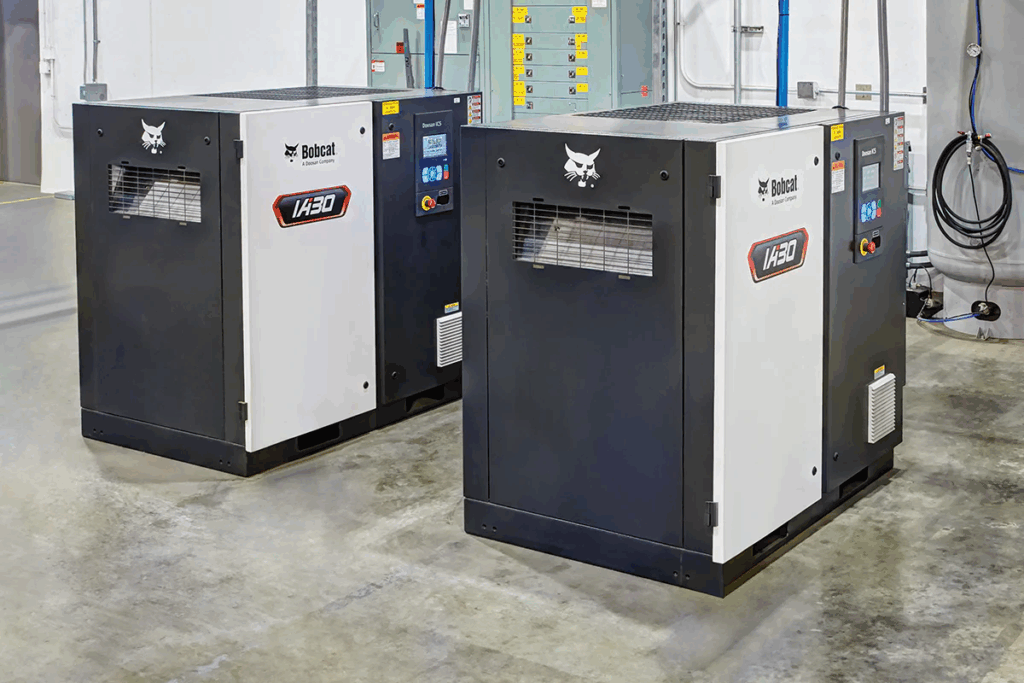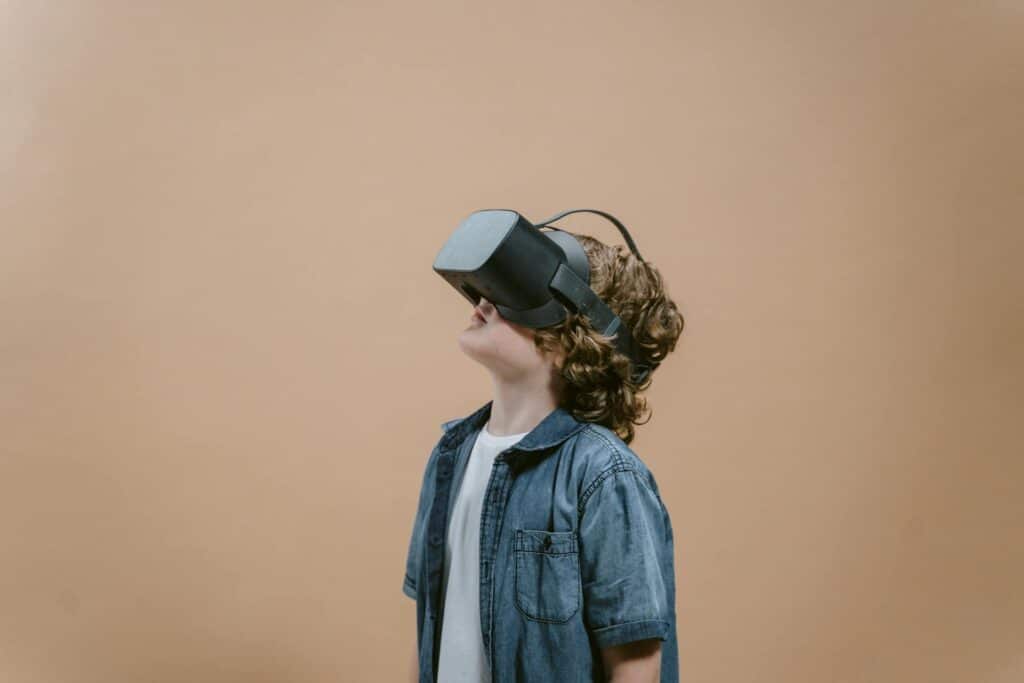Whether you’re in the spotlight or behind the curtain, one thing is constant in the performing arts: the show must go on. But the people who make the magic happen—the actors, directors, tech crews, and volunteers—are human, too. And as much as we prepare for costume changes, monologues, and curtain calls, it’s just as valuable to prepare for the unexpected.
That’s why more creatives are taking time to earn CPR first aid certification—not to add drama to the rehearsal room, but to bring calm confidence when it’s needed most.
The Quiet Confidence of Readiness
Theatre is about precision. Everyone has a role, and timing matters. CPR training isn’t just about knowing how to respond to a health emergency—it’s about building trust in your community. Whether you’re managing backstage chaos or staying focused in a tense dress rehearsal, knowing someone is trained to step in if something goes wrong makes everyone breathe a little easier.
Think of it like blocking a scene: you may never have to improvise it, but if the unexpected happens, you’re ready.
Real-Life Moments Where CPR Training Makes a Difference
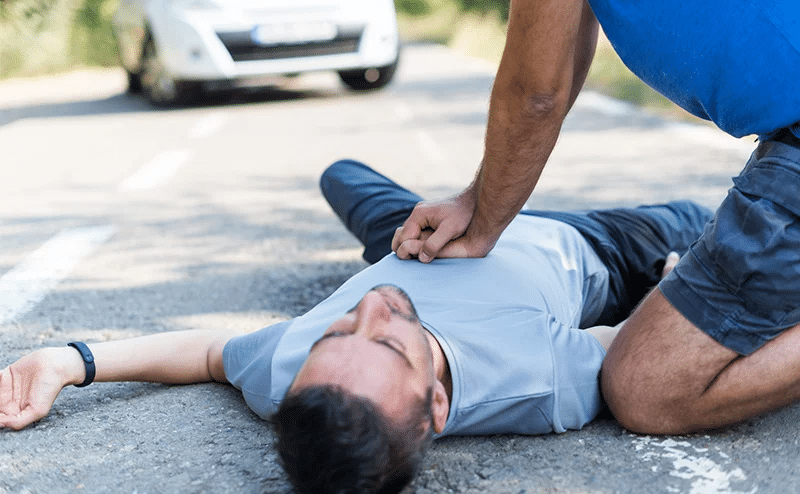
A Long Day of Tech Rehearsals
Fatigue sets in. A castmate begins to feel dizzy after hours under hot lights. A trained teammate recognizes the symptoms, helps them sit down, and calmly checks for breathing and responsiveness. No panic. Just quiet control.
A Backstage Slip
In the rush of a fast costume change, someone stumbles. They’re disoriented, and for a moment, it’s unclear how serious the fall is. CPR-trained crew members keep the space clear, assess the person, and guide the next steps—all without turning the incident into a crisis.
An Audience Member in Distress
Live shows aren’t just about what’s on stage. Sometimes, a viewer experiences a health issue. Whether it’s a fainting spell or something more serious, knowing a few members of your team are CPR-certified allows for a faster, more effective response while help is on the way.
How Preparedness Supports Creativity
Some worry that talking about safety takes away from the magic of performance. But the opposite is true. Knowing that the basics are covered—first aid kits are stocked, someone knows how to perform CPR, emergency exits are reviewed—creates freedom. It builds a foundation where artists can take bold risks onstage because they feel secure offstage.
And let’s face it: creativity thrives in spaces where people feel supported. A company that invests in safety communicates value for the people who give their time, talent, and energy to every production.
Easy Ways to Integrate Safety into Your Theater Culture
1. Start with a Team Training
Whether you’re a school theatre department, a local troupe, or a community center production team, organizing a group CPR certification session is easier than it sounds. Many organizations offer mobile training that comes to your rehearsal space or theater.
2. Designate a Safety Lead
Just as you assign someone to props or sound, choose a team member to oversee basic safety protocols. They can keep the first-aid kit updated, post emergency numbers backstage, and help coordinate response plans if needed.
3. Review Protocols Before Opening Night
Along with cue checks and line runs, include a 5-minute rundown of what to do in a medical situation. Keep it light, but clear: Who calls for help? Who stays with the person? Where is the kit?
4. Refresh Each Season
Treat safety the way you treat performance—something you maintain and improve over time. Make CPR knowledge part of your culture, not just a one-time checkbox.
From Curtain Up to Curtain Down, People Matter Most
Behind every standing ovation are the people who make it happen. And in those rare, unexpected moments when someone isn’t okay, it’s powerful to know someone nearby can help—not just as a friend or fellow actor, but with the right skills and mindset to assist effectively.
In live theater, anything can happen. That’s the beauty of it—and the challenge. By choosing to be CPR-trained, you’re not just showing up for the role. You’re showing up for your entire cast, crew, and community with heart and readiness.
Final Thoughts: Supporting the Stage and the People On It
The stage is a place of transformation. We become characters, tell stories, and explore emotions in ways that connect us all. But offstage, we remain real people, with real needs. Bringing CPR training into your rehearsal space or company culture isn’t about expecting the worst. It’s about building the kind of team that takes care of one another—on every level.
After all, the most memorable performances are the ones where everyone walks away a little more inspired—and a little more supported.


